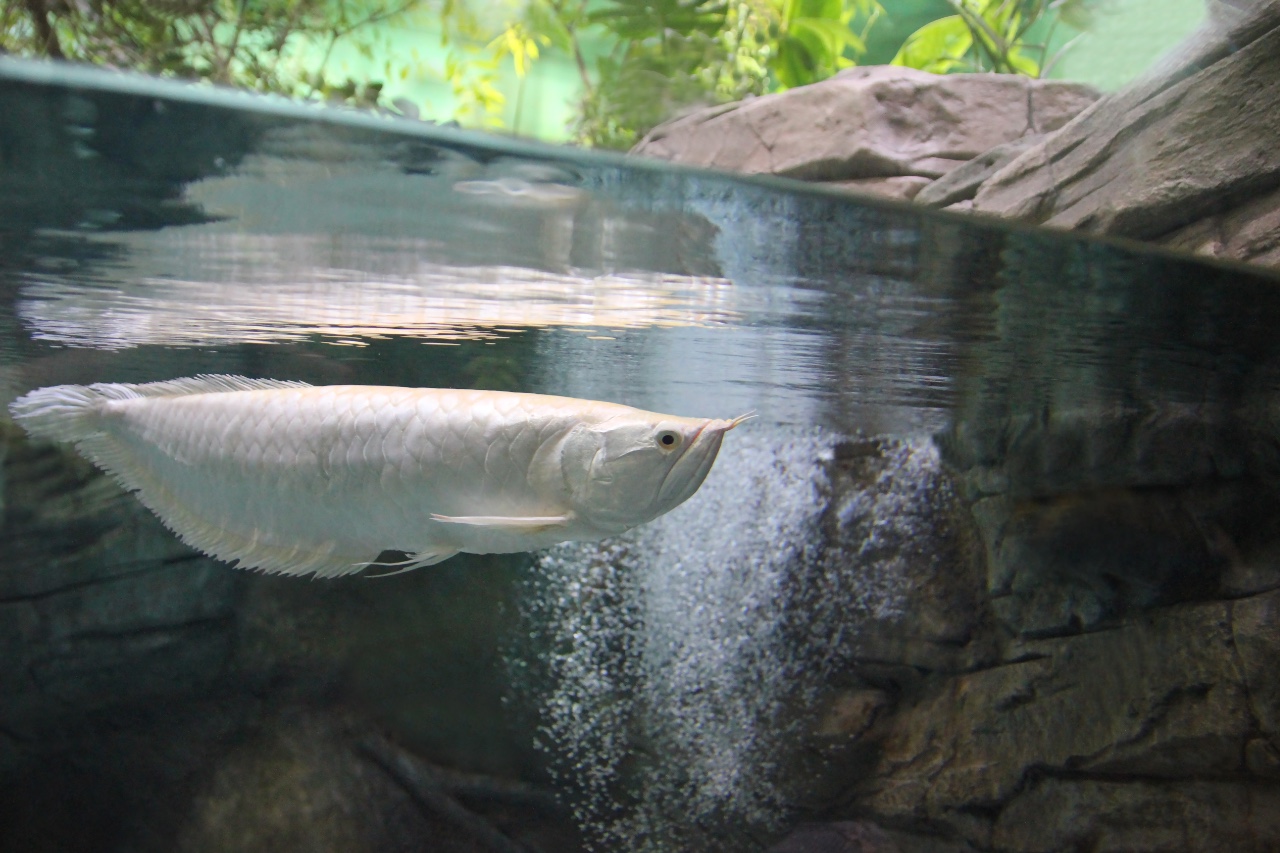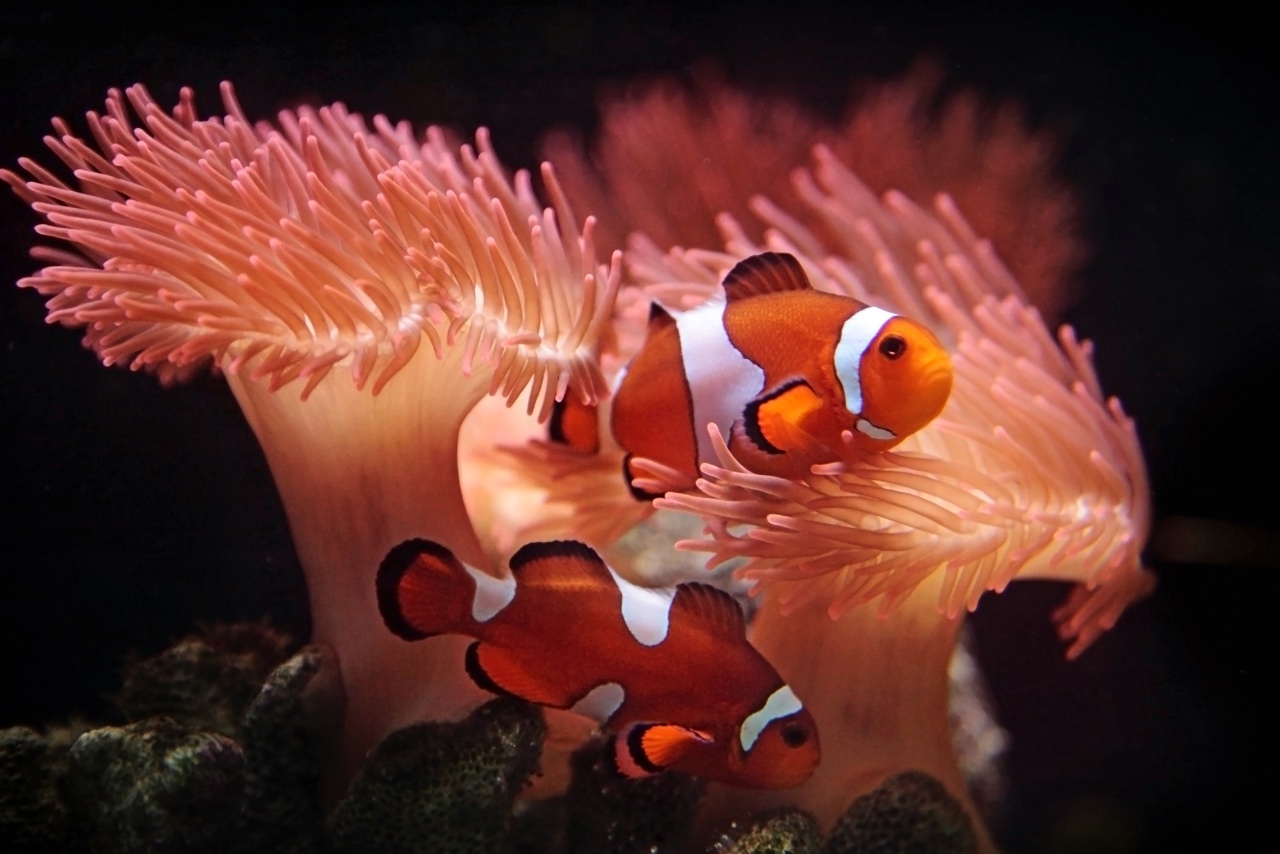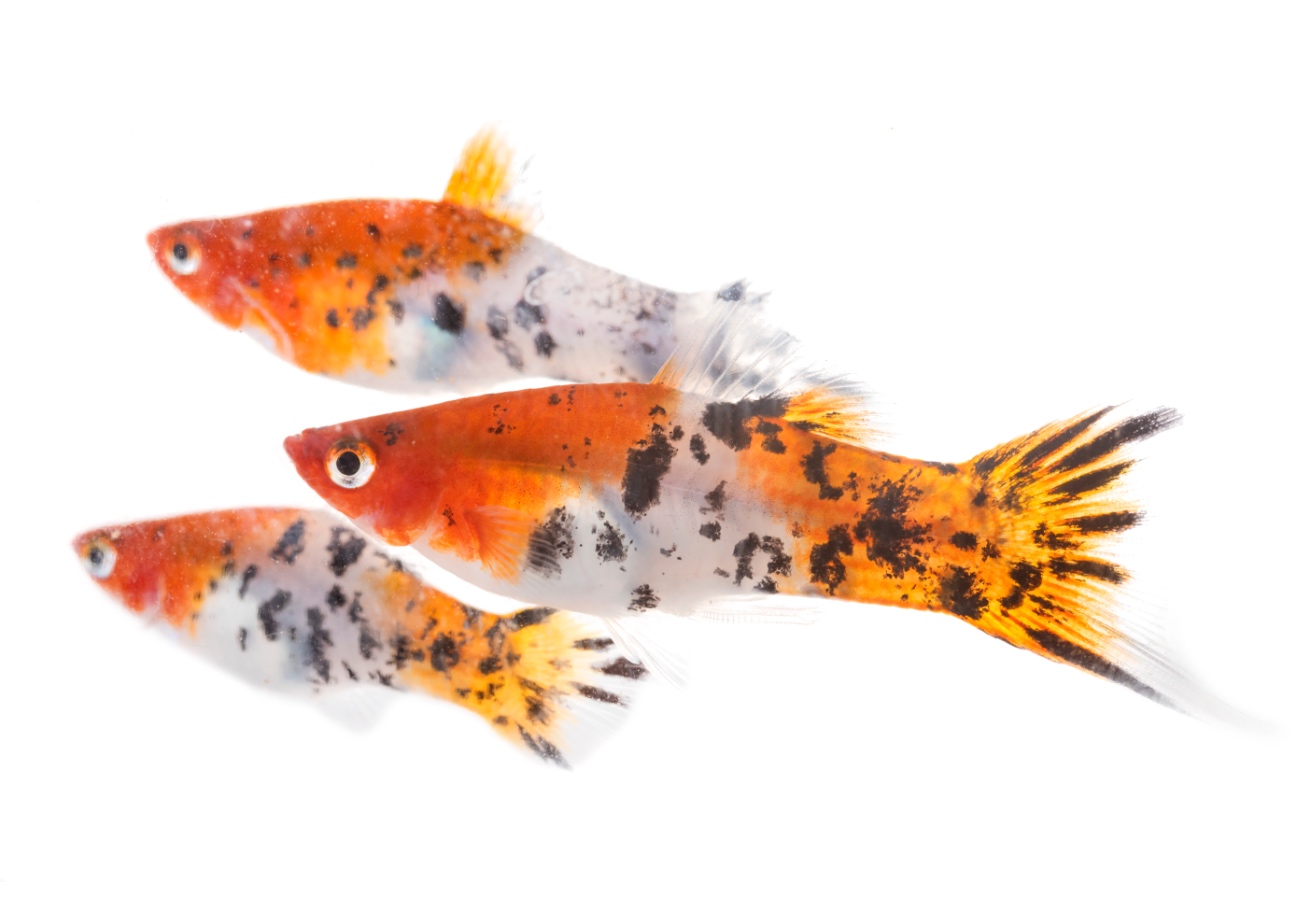Mystery snails are slow-moving and non-aggressive creatures that mainly feed on herbs, just like other gastropods. These qualities can make them a great addition to your tank.
These low-maintenance snails clean the tank as efficiently as other species like Nerite snails. Even a beginner can have them in their aquarium to add variety and relax while they shine in the aquarium for you.
In this article, you will get detailed information regarding these slow-moving creatures. You will also learn everything from their anatomy, the tank setup, and the breeding process. So keep reading till the end.
| Category | Rating |
|---|---|
| Family | Ampullariidae |
| Scientific Name | Pomacea bridgesii |
| Class | Gastropoda |
| Temperament | Calm |
| Diet | Herbivore |
| Care Level | Beginner |
| Size | 2 Inches |
| Color Form | Gold, White, Blue, Purple, Brown, and Black |
| Lifespan | One Year |
| Compatibility | Community Tanks |
Mystery Snail Overview
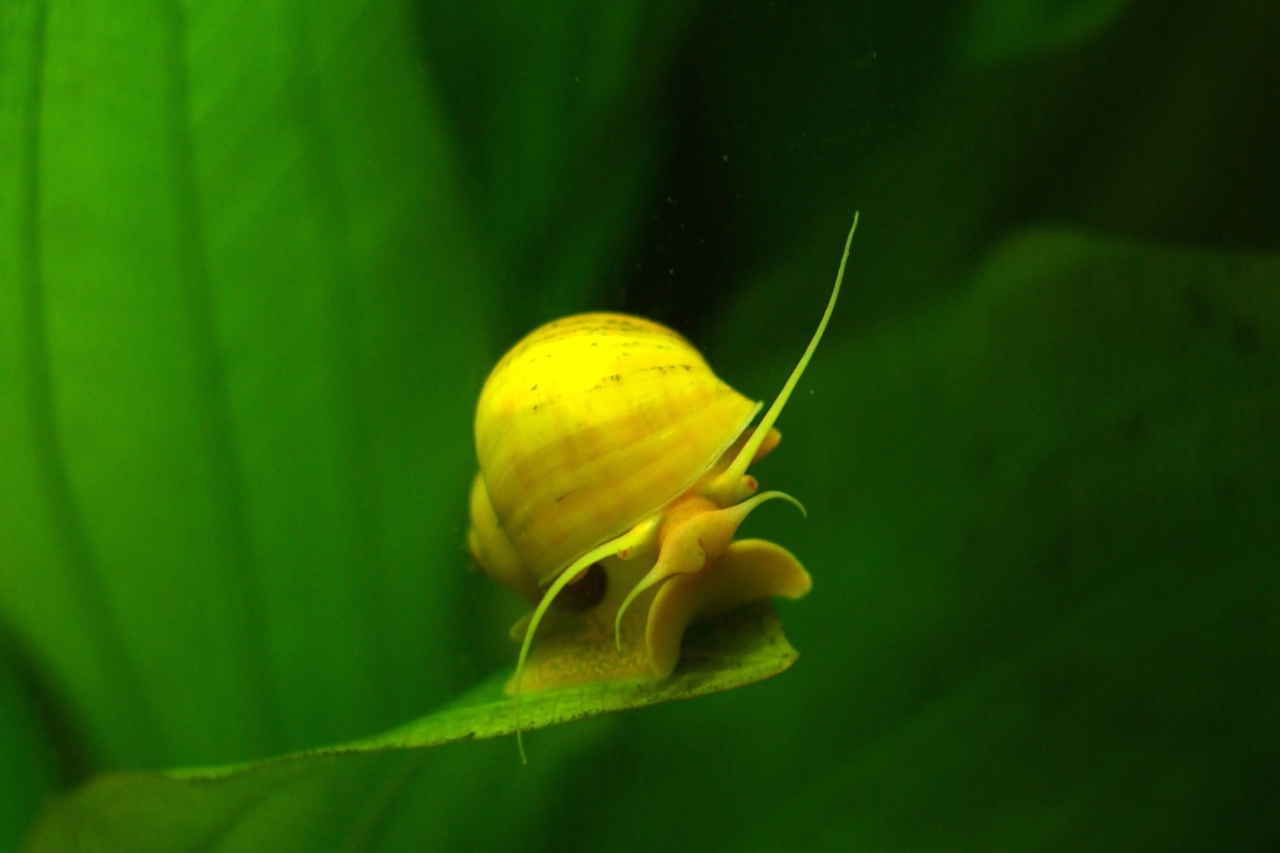
These small, slow-moving snails are known by many names and are often confused with the apple snails.
Pomacea bridgesii: Mystery snail, Golden mystery snail, Mystery apple snail, Spike topped apple snail, Common apple snail, and Pomacea australis.
Pomacea diffusa: Mystery snail, Inca snail, Gold Inca snail, Golden Inca Snail, and Gold apple snail
Pomacea canaliculata: Golden apple snail
Aquarists may get confused among apple snail species Pomacea bridgesii, Pomacea diffusa, and Pomacea canaliculata, but they grow in different sizes.
Pomacea bridgesii size: Width:40-50 mm and height 45-65 mm
Pomacea diffusa size: Width 40-50 mm and height 45-65 mm high
Pomacea canaliculata size: Width 40 to 60 mm and height 45 to 75 mm
In the early days, Pomacea bridgesii and Pomacea diffusa were considered the same species, but now we know they have different DNA.
A few Apple snail species are banned in the US and considered invasive snails.
These belong to the family of Apple snails, Pomacea diffusa. Some Apple snails are banned from being owned in the US and are considered invasive snails.
There are many varieties of this species, so always check before you buy anything. The best way to buy the right snail that you won’t regret after going home is to observe it.
We don’t mean picking the one with a beautiful shell. It is a secondary thing. The main thing that you need to check is whether it is moving or not. Only pick the one that is moving and attached to the surface. Also, never buy a snail with a damaged shell.
Mystery snail lifespan
Mystery snails play a huge role in cleaning the environment. They eat dead plants and help retain nutrients stuck in the detritus back to the ecosystem. They play the same role in your aquarium. They are known to live up to one year in the wild.
They have many features that distinguish them from other snails. They have bright, colorful appearances, and they keep the substrate and glass of the tank shining. They are adaptable to different water conditions as well. All these qualities make them the best choice for a beginner.
Typical Behavior
Mystery snails are slow movers like other snails but are also quite non-aggressive. They quietly feed on the algae formation on the substrate’s glass or surface.
If you want to put them in your community tank, keep them only with peaceful fish. The movement of aggressive fish can scare them, reducing their activity. They will spend most of their time inside their shells.
Mystery snails can do many activities that will attract anyone to them. Sometimes, they go to the top of the tank and let go to fall directly to the bottom. Other times, they can be seen sliding down the glass by simply letting go of a part of the foot.
Mystery Snail Appearance

Coloration: Mystery snails are also known for their vivid and colorful appearance. Generally, they can be seen in black, gold, brown, and ivory colors. These colors will add a fresh new touch to your aquarium.
Shell Coloration: Their shell also comes in various patterns like solid coloration, gradient, or banded with white head and foot. These color combinations make them stand out from the rest of their species.
Size and Structure: Mystery snails can grow up to 2 inches, and their small size makes them fit for small and large tanks. These snails also have spiral whorls like other snails but are comparatively small. Even an adult snail has only four whorls, all small in size.
Operculum: It is a nail-shaped plate used to cover the opening part of the shell. The operculum tells whether the snail is healthy, alive, or dead. If it is closing properly, then it means the snail is healthy. But if it is not or if it falls off, it means something is wrong.
Head: It is another important part of their body. They have two long tentacles, and just behind them are two eyes. These two help them find food, detect motion, and spot predators. If they detect predators, the snail hides inside the shell and closes the operculum until it feels safe.
Siphon: Below these tentacles, there is a mouth and another pair of tentacles, which they use for feeding. They have a siphon on the left side of the head to pass water through the gills.
Mystery Snail Tank Size, Tank Conditions, and Ideal Habitat
They are mainly found in the ponds or rivers of Paraguay, Bolivia, and Brazil. Most of their time is spent at the bottom feeding on dead or decomposing plants. Their tank conditions are easy to set up, and the things you have to keep in mind are given below –
| Conditions | Parameters |
|---|---|
| Temperature | 68°F to 84°F |
| pH Level | 7.6 to 8.4 |
| Water Type | 12 to 18 kH |
| Plants | Java Fern, Java Moss, and Hornwort |

Mystery snails are hardy, but rapid changes in water can affect their health. They only need moderately moving and highly oxygenated water with plenty of plantation to feed and thrive.
If they run out of food, they might try to swim out of water, so make sure the lid is closed. A heavy plantation can also maintain the oxygen level. Apart from this, make sure the water pH is high.
The low pH can degrade the quality of the shell, which is made of calcium carbonate. The shell will start to dissolve in the water, making the Mystery snail vulnerable to other aquarium creatures.
If you see a crack or broken shell, it may indicate a low pH level or low carbonate in the water. You can add calcium supplements to keep their shells healthy and strong.
You can choose pebbles, gravels, or rocks for the substrate to make the surface hard and easy for them to move. But the Mystery snails don’t need any specific type of substrate. So, you can add anything according to the requirements of other creatures in the aquarium.
What Size Aquarium Do They Need?
The Mystery snails are kept in a community aquarium with tropical water conditions. The aquarium size doesn’t really matter as they can thrive in all of them. As a beginner, you can start with an already established aquarium of size 5 to 10 gallons.
How Many Mystery Snails Per Gallon?
You can keep 1 to 2 snails for every 5 gallons so that they have plenty of space to move and eat.
Mystery Snail Tank Mates
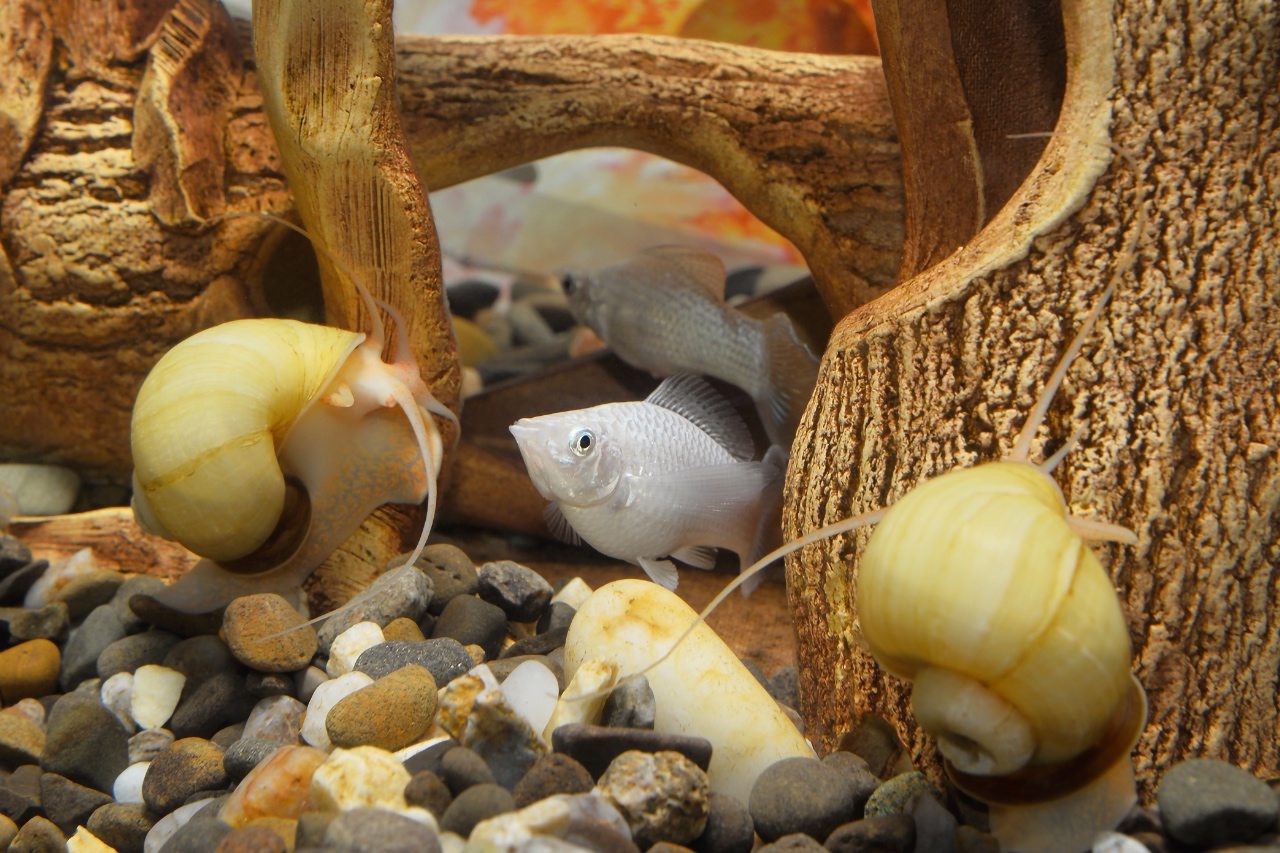
These small, non-aggressive Mystery snails are quite active but interact very little with other creatures in their surroundings. But if the other creatures don’t share the same temperament, it can reduce the activity of snails.
This makes it important to have peaceful creatures like them. Tetras, Killifish, Mollies, and Guppies are famous examples of this. They won’t threaten the Mystery snails and live peacefully.
To increase the variety in the tank, you can add invertebrates like shrimp as well. The species of shrimps include Ghost shrimp, Amano shrimp, and Cherry shrimp.
You can also add other Gastropods like Nerite, Ramshorn, and Ivory snails. The species that you should avoid at all costs are Crayfish, Cichlids, Oscars, and any other fishes that share the same temperament.
You can even keep the same species of Mystery snails in a group. They will thrive together as long as there is ample space for each to move and eat. But make sure not to overcrowd the tank; it will affect the health of the tank and the snails themselves. To avoid this situation, add only one snail per 5 gallons.
What Do Mystery Snails Eat?
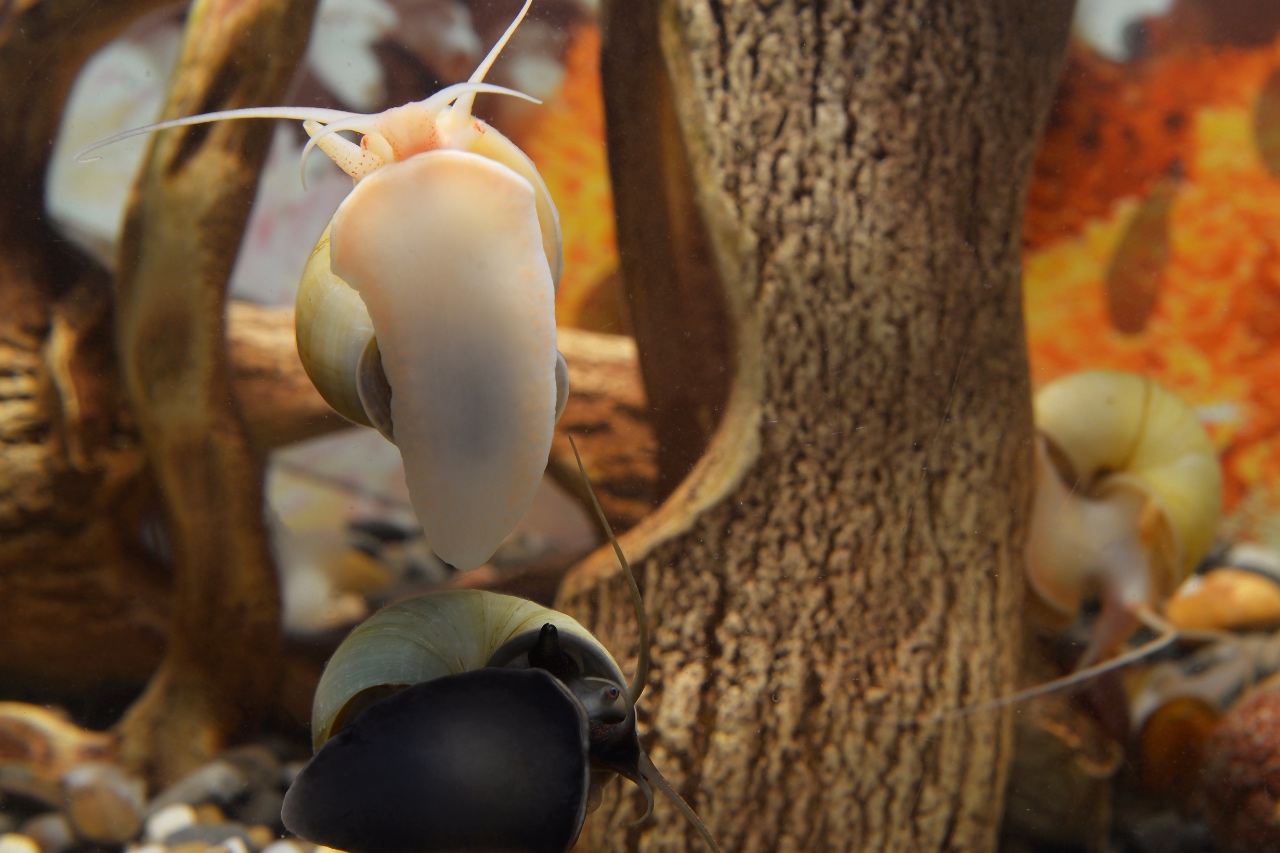
Do mystery snails eat plants or algae?
As we already know, Mystery snails are algae eaters and strict vegetarians. In the wild, they feed on the algae or dead/rotting plants from their environment. Apart from this, they can feed on a wide range of food.
In the aquarium, they will graze on algae from the glass or the substrate from the tank’s bottom. The heavy vegetation will also help them feed. The plants shed as they grow, so the snails will have plenty of food to feed on.
Mystery Snail food
Apart from these, you can also include sinking tablets, pellets, or flakes to enrich their diet with minerals. After boiling, green vegetables like zucchini and lettuce can also be fed to Mystery snails.
These Mystery snails have radula that helps them scrape off the algae from the surface. This makes them efficient tank cleaners and lessens the work for you, which is also why people prefer to buy them. You will also see the tracks they leave behind while moving and cleaning the tank.
Another thing to keep in mind is that you should never leave leftover food in the aquarium. It can degrade the quality of the water and make it unhabitual for the creatures living in it.
Mystery Snail Care
Keeping Mystery snails healthy is an easy task. All you have to do is keep the pH level high and provide calcium supplements to keep their shell healthy and strong. Their shell’s health is important as the weak shell can make the snail vulnerable to other fishes.
The Mystery snails are hardy, but they can catch some diseases from the parasites, resulting in their death. Angiostrongylus cantonensis, or rat lungworm, is one of the parasites that can affect the health of these snails.

This adult parasite is commonly known to infect rodents, but its larvae can affect snails. The larvae use Mystery snails as hosts and feed on them to grow into adults. There is no to very little chance for them to infect snails in the aquarium.
Snails caught from the wild can carry Grub worms with them. Grubworms are recognized as small white cysts on the foot of Mystery snails. When these cysts rupture, parasites or flukes are released into the water and affect the fish in the tank. These parasites live and feed on the fish until it dies.
Once these parasites have encysted the fish, they can only be removed physically. However, these Grub worms can not reproduce inside the aquarium.
To make sure each creature in the aquarium is healthy and thriving, look at the health of the shell of snails. They are the main source of carrying diseases. The shells can be patched, but the process can only be done by hand and include risks.
Another way to ensure safety is to isolate the snails from the tank and follow medical procedures to restore the health of the fish and the tank.
Mystery Snail Breeding and Eggs
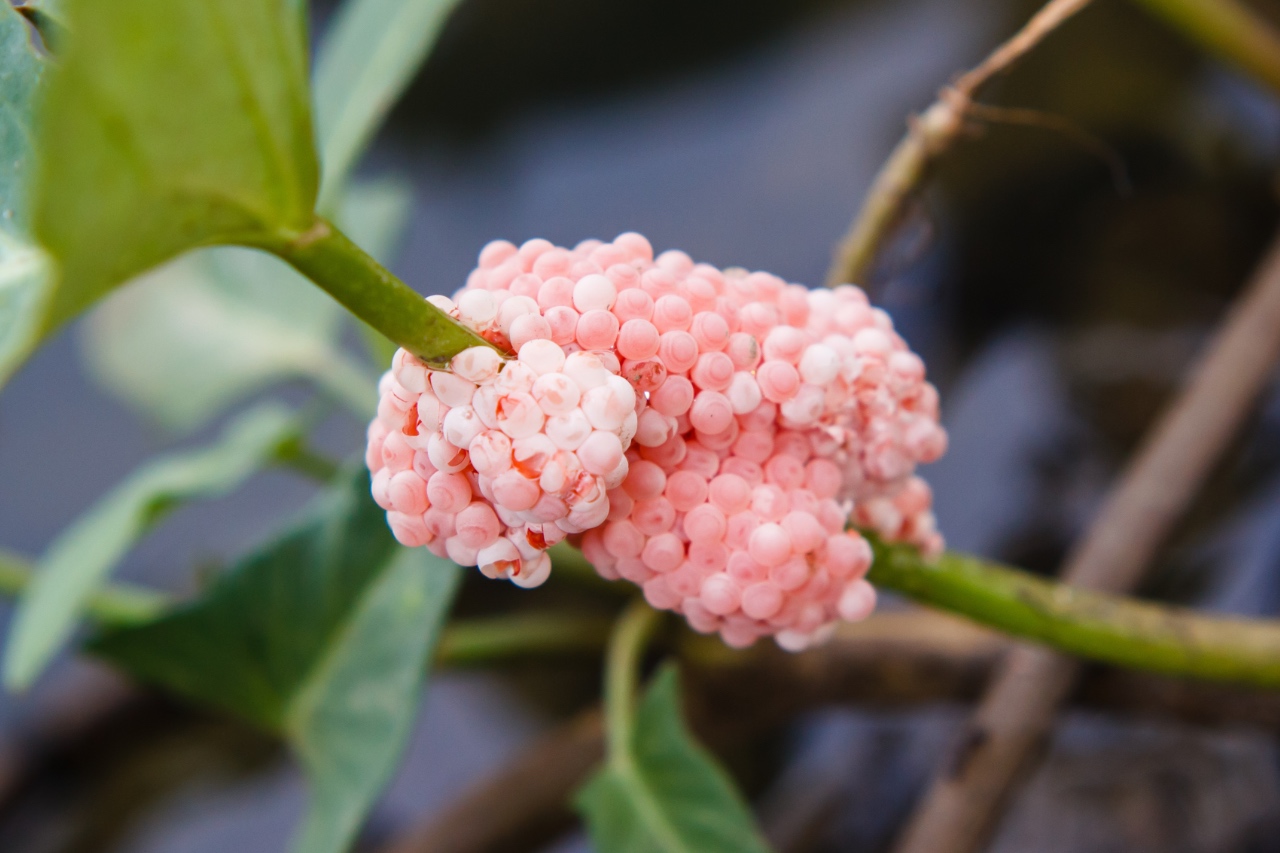
Mystery snails are easy to breed, especially when you are looking for an easy way to increase their number. Breeding Mystery snails need both males and females, which makes them gonochoristic.
They don’t need external help, such as altering water conditions, to breed. The Mystery snails will breed when there is plenty of food for the small ones to feed on.
Mystery Snail Eggs
You have to lower the water level so that the female snail can lay the egg on the water’s surface. They leave the eggs in the form of a cocoon, which makes it easy to spot them. You can also remove them if you don’t want them to breed.
After the snail lays eggs on the surface, make sure the air around the eggs is moist. The eggs will hatch in about a month. Once the eggs hatch, the baby snails will fall to the bottom of the tank to start their lives and feed like adults.
Summary
Mystery snails are beautiful little Gastropods that will add vividness to your tank. If you already have a community fish tank of peaceful fish and heavy vegetation, these little creatures are perfect.
The Mystery snails are easy to feed, care for, and breed. You don’t have to make any changes after adding them to your aquarium, which is another reason they are so famous among aquarists. They will help you keep the substrate and glass shining by efficiently cleaning the algae and plant debris from the tank.
You can easily find them in any pet store. Use this article as a guide to get the right mystery snail for your aquarium and feed them high-quality food.
What features do you like the most about these mystery snails? Do you have them in your aquarium and plan to keep them? Let us know in the comments below.

